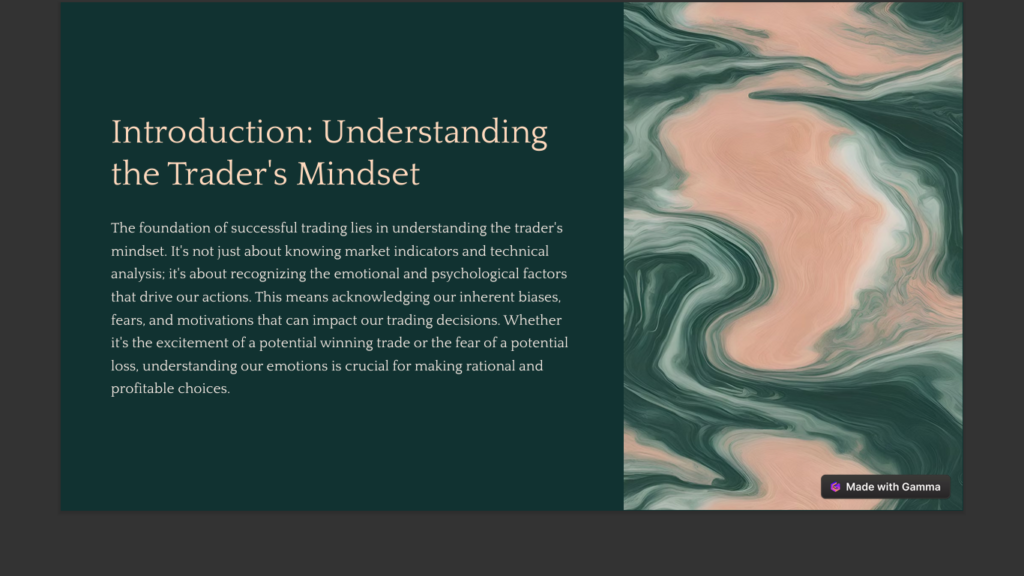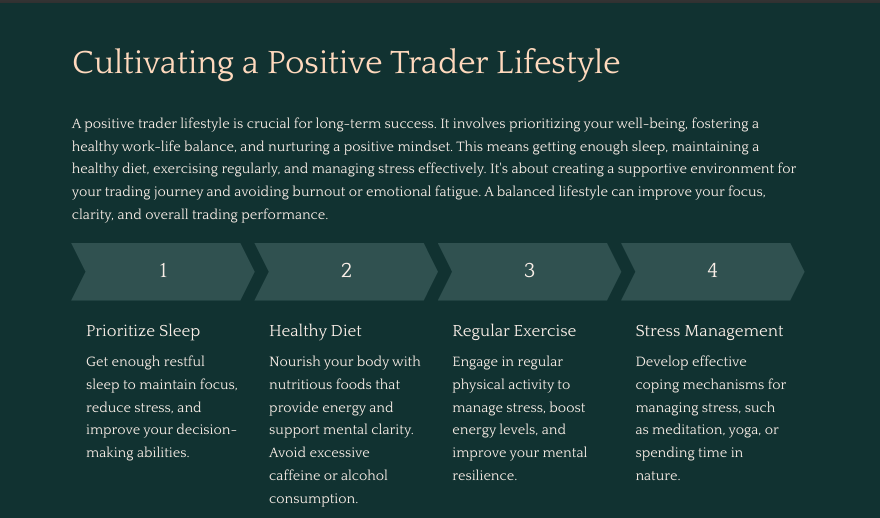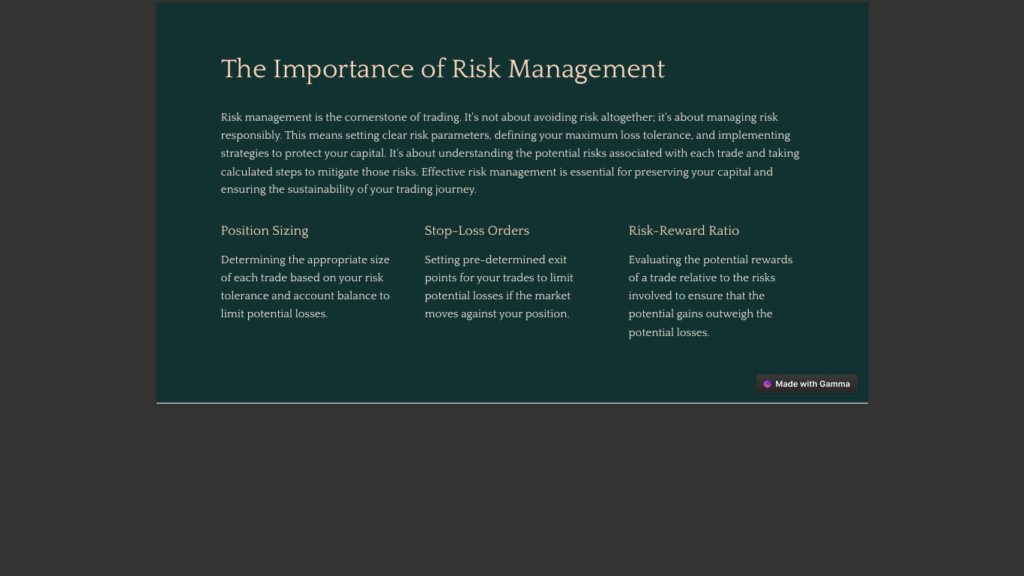For centuries, stock markets have served as the backbone of modern economies, offering investors a venue to trade, invest, and accumulate wealth. Whether you’re focused on day trading,but in long-term investing, futures trading, or high-yield certificates of deposit (CDs), stock exchanges play a crucial role in these financial activities. This article delves into the essential elements of stock markets, covering everything from foundational trading and investing concepts to the world’s oldest stock exchange and India’s oldest stock exchange. Grasping these fundamentals will empower you to navigate the financial landscape with greater confidence.

What Is a Stock Market?
A stock market enables investors to trade securities like stocks, bonds, and other financial instruments. Its primary purpose is to provide companies access to capital and offer investors ownership through stocks. Stock markets are vital in capital markets, allowing companies to raise funds for growth and providing investors opportunities to increase their wealth.
There are two major types of stock market activities:
Trading: This involves buying and selling stocks for short-term profits, often in the same day or over a few days.
Investing: Investors typically focus on long-term growth by holding stocks for several years, benefiting from compound returns over time.
Other market activities include futures trading, options trading, and high-yield investments like CDs (Certificates of Deposit).

Types of Stock Market Activities
1. Trading
Trading is typically short-term, involving the buying and selling of stocks, futures, or options. The goal of trading is to make a profit from fluctuations in the stock price. Traders often use technical analysis and chart patterns to make their decisions, relying on quick reactions to news, earnings reports, or market conditions.
There are different types of trading:
Day Trading: Traders buy and sell stocks within the same day to profit from short-term price movements.
Swing Trading: Traders hold stocks for a few days or weeks, aiming to profit from “swings” in the market.
2. Investing
Investing is about long-term strategies, unlike short-term or swing trading. Investors usually keep stocks for years, aiming to grow wealth through compound interest and steady growth.
Investment strategies include:
Value Investing: Searching for stocks that are undervalued relative to their intrinsic value.
Growth Investing: This approach targets companies poised to expand at a much quicker pace than the market average. Investors look for businesses with robust revenue and earnings potential, aiming to benefit from their future growth opportunities.
Dividend Investing: Buying stocks of companies that pay regular dividends, providing an additional income stream to investors.
3. Futures Trading
Futures trading is the practice of buying or selling a contract that obligates the delivery of a specific asset, which could include commodities, currencies, or stock indices, at a predetermined price on a specified future date. These futures contracts are commonly utilized for hedging risks, allowing individuals or companies to protect against unfavorable price changes. Additionally, they are employed by traders and investors who wish to speculate on anticipated market movements, aiming to profit from fluctuations in prices over time.
4. High-Yield CDs
Certificates of Deposit (CDs) are fixed-term deposits offered by banks that pay a fixed interest rate over time. High-yield CDs offer better returns than regular savings accounts and are considered a low-risk investment. However, unlike stocks or bonds, CDs cannot be traded once purchased, and breaking the CD before its maturity date often incurs penalties.

The World’s Oldest Stock Exchange: A Historical Perspective
Stock exchanges have a long history, with the world’s first recognized stock exchange emerging centuries ago. Let’s take a look at the oldest stock exchange in the world.
The Amsterdam Stock Exchange (Now Euronext Amsterdam)
The Amsterdam Stock Exchange, established in 1602, is widely regarded as the world’s first official stock exchange. It was created by the Dutch East India Company, which became the first company to issue stocks and bonds to the public. This innovation allowed merchants and investors to share in the profits of the company’s trading ventures. The concept of limited liability also emerged from this era, providing shareholders protection from being personally liable for the company’s debts.
Initially, trading on the Amsterdam Stock Exchange revolved around shares of the Dutch East India Company. Over time, it grew to include other companies and financial instruments, paving the way for modern stock markets. Today, the Amsterdam Stock Exchange is part of Euronext, a European-wide exchange.
The significance of this exchange lies in the foundations it laid for modern financial markets. Concepts like dividends, market liquidity, and public offerings were all pioneered here.

India’s Oldest Stock Exchange: Bombay Stock Exchange (BSE)
In India, the Bombay Stock Exchange (BSE) holds the title of the country’s oldest stock exchange. Established in 1875, BSE is Asia’s first stock exchange and one of the fastest in the world today. Initially started as a small group of stockbrokers trading under a banyan tree in Mumbai, BSE has grown into a global powerhouse, with thousands of listed companies.
BSE was officially recognized as a stock exchange in 1957 under the Securities Contracts (Regulation) Act. It has played a crucial role in the development of India’s financial markets and continues to be a key player in the economy. BSE also introduced several key developments in the Indian stock market:
Sensex: The BSE’s flagship index, tracking the 30 largest and most actively traded stocks on the exchange.
Digitization: BSE embraced digitization early on, launching its online trading platform, BOLT, in 1995, ensuring faster and more efficient transactions.
Today, BSE is a fully automated exchange that serves as a central hub for various financial instruments, including stocks, bonds, futures, and options.

Key Differences Between Trading and Investing
1. Time Horizon:
Traders focus on short-term gains, while investors are in it for the long haul. Traders may hold stocks for minutes, hours, or days, while investors may hold stocks for years or even decades.
2. Risk and Reward:
Trading is risky because markets can change quickly, and buying and selling stocks is fast-paced. It requires close attention to trends and can lead to quick gains or losses. On the other hand, long-term investing usually involves less risk by focusing on holding investments for a long time. This approach uses compound returns for potential growth while minimizing short-term market ups and downs.
3. Analytical Approach:
Traders use technical analysis and charts to make decisions based on market patterns. Investors rely more on fundamental analysis, studying a company’s financials, market position, and growth potential.
What Should You Choose: Trading or Investing?
The choice between trading and investing depends on your financial goals, risk tolerance, and time commitment. Trading is more suited to those who enjoy analyzing markets and reacting quickly to changes, while investing is ideal for those who prefer a passive approach to wealth-building over the long term.
Conclusion
Stock markets offer a wide array of opportunities, including trading, investing, futures contracts, and high-yield CDs. Whether you’re an experienced trader or a novice investor,although understanding how markets function is crucial for making bold and informed financial decisions. The world’s oldest stock exchange in Amsterdam laid the foundation for today’s markets, while India’s Bombay Stock Exchange continues to drive economic growth. Stock markets are vital for both businesses and individuals growth.
Whether you’re looking to trade for short-term gains or invest for long-term wealth creation, the stock market provides a versatile platform for achieving financial goals. Understanding the intricacies of trading, investing, and the history of these markets will give you the confidence to navigate your financial journey successfully.
